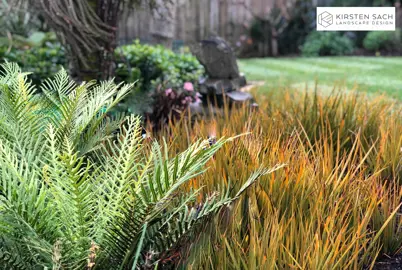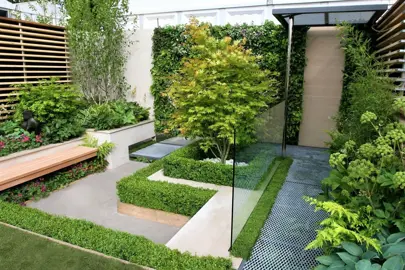
The Plant Company grows and sells thousands of Ctenanthe plants throughout NZ. We pride ourselves on producing high quality plants and seeing the joy from our customers when they receive them. We do hope you enjoy them and support this NZ business that is passionate about plants.
Ctenanthe Grey Star is a colourful foliage plant often grown as a houseplant. It features rounded leaves that are variegated with silver and dark...
Ctenanthe lubbersiana, commonly known as the Bamburanta Plant is a lush foliage plant that is commonly grown indoors as a potted plant. It features...
Ctenanthe setosa is a colourful, foliage plant that often grown as a houseplant. It features rounded leaves that are variegated with green and silver...
Ctenanthe Burle Marxii is a colourful foliage plant often grown as a houseplant. It features rounded leaves that are variegated with silver and dark...
Ctenanthe compressa is a lush foliage plant that is commonly grown indoors as a potted plant. It features oblong, fresh-green leaves and typically...
Adding colourful plants such as Ctenanthe setosa (commonly known as the Never Never Plant) to your garden or indoor space delivers a vast range of benefits:
We have the right Never Never plant and Ctenanthe amagris for your space. These have been selected to thrive in NZ’s climate. We stock only the highest quality plants, sourcing them from NZ’s leading nurseries. Each plant is packed and transported with extreme care, ensuring it arrives to you in the same condition it was in when it left the nursery. If you are wanting to buy Ctenanthe, shop with confidence from the best in the industry.
Calathea and Ctenanthe are closely related plants, both belonging to the Marantaceae family. They are known for their beautiful and brightly patterned leaves, which make them popular houseplants. However, there are some key differences between the two genera.
Growth habit: The most obvious difference between Calathea and Ctenanthe is their growth habit. Calathea plants grow as clumps, with new leaves emerging from the base of the plant. Ctenanthe plants, on the other hand, grow on branching stalks. This gives Ctenanthe plants a more upright and bushy appearance.
Leaf patterns: Both Calathea and Ctenanthe have patterned leaves, but the patterns can vary significantly. Calathea leaves are often decorated with bold geometric patterns, while Ctenanthe leaves tend to have more flowing and organic patterns.
Flowers: Calathea and Ctenanthe both produce flowers, but they are not particularly showy. Calathea flowers are typically small and white, while Ctenanthe flowers are often yellow or orange.
Some popular Calathea species include:
Some popular Ctenanthe species include:
Ctenanthe is easy to care for and can thrive in a variety of indoor environments. They are known for their beautiful and brightly patterned leaves, which can add a touch of elegance to any room.
Here are some of the benefits of growing Ctenanthe as an indoor plant:
If you are looking for a beautiful and easy-to-care-for indoor plant, Ctenanthe is a great option to consider.
Ctenanthe plants are easy to grow, but they do require some specific conditions to thrive. The most important things are to provide them with good levels of indirect light, moist, well-draining soil, and high humidity.
Here are some of the challenges that people may face when caring for Ctenanthe plants:
Here are some tips for caring for your Ctenanthe plant:
If you follow these tips, your Ctenanthe plant should thrive.
Taking care of a Ctenanthe Setosa, also known as the Grey Star Ctenanthe, is pretty straightforward once you know its basic needs. Here's a guide to help you keep your plant thriving:
Light:
Watering:
Humidity:
Temperature:
Soil and Fertilizer:
Ctenanthe Setosa, also known as the Grey Star Ctenanthe, is not toxic to humans or pets! This makes it a great choice for households with curious children or furry friends. You can rest assured that accidental ingestion of a leaf or two won't cause any harm.
There's no single definitive answer to why Ctenanthe Setosa is called the Never Never Plant! The name holds a touch of mystery and invites some speculation. Here are a few possible reasons:
1. Playful connection to its botanical name:
2. Allusion to its captivating appearance:
3. Connection to Australian folklore:
4. Simply a marketing invention:
Ultimately, the true origin of the Never Never Plant name remains a bit of an enigma. But regardless of the reason, it certainly adds a charming and intriguing element to this beautiful and easy-to-care-for houseplant.
Whether you need assistance finding the plant you’re looking for or you simply want to know more about who we are and what we do, we invite you to get in touch with us today. A member of The Plant Company team will get back in touch as soon as possible.


